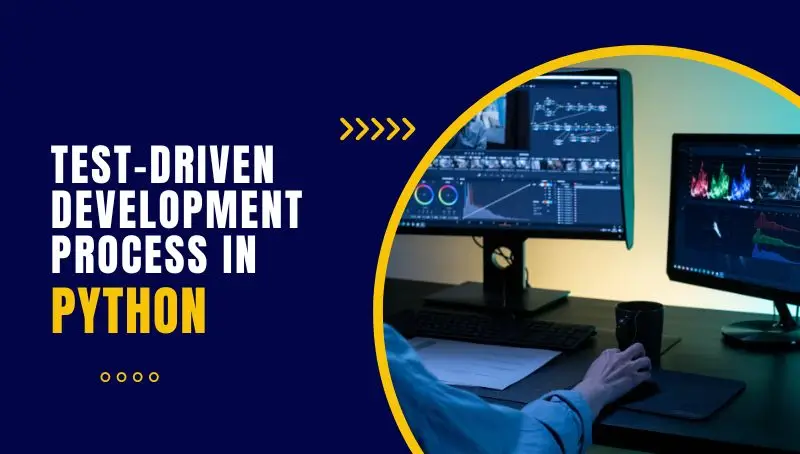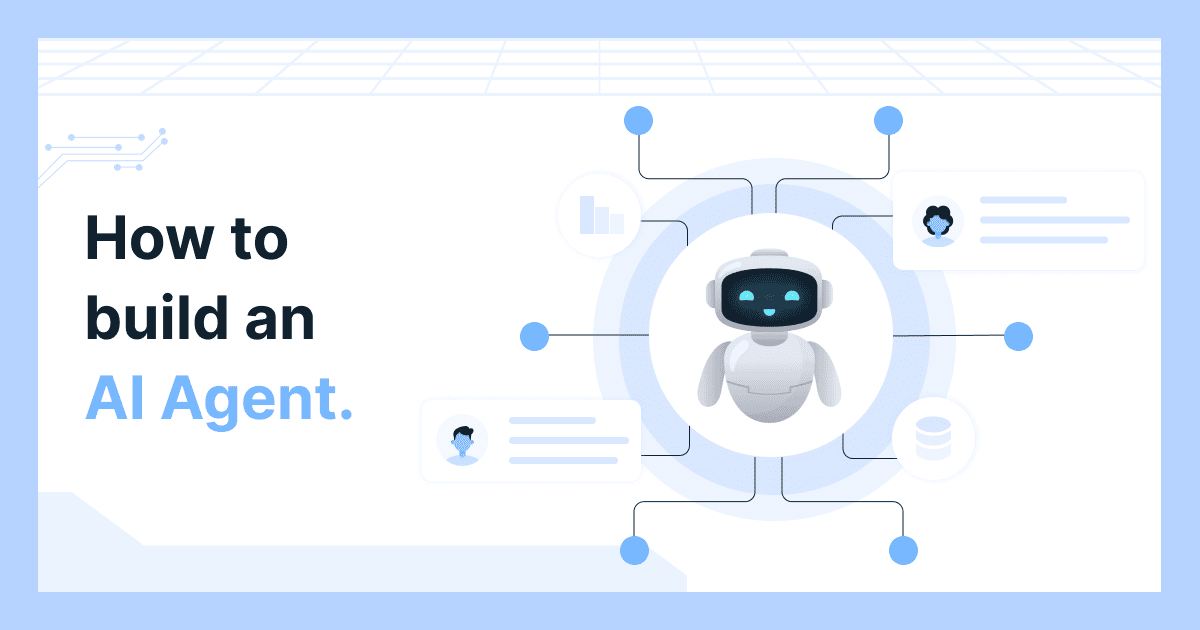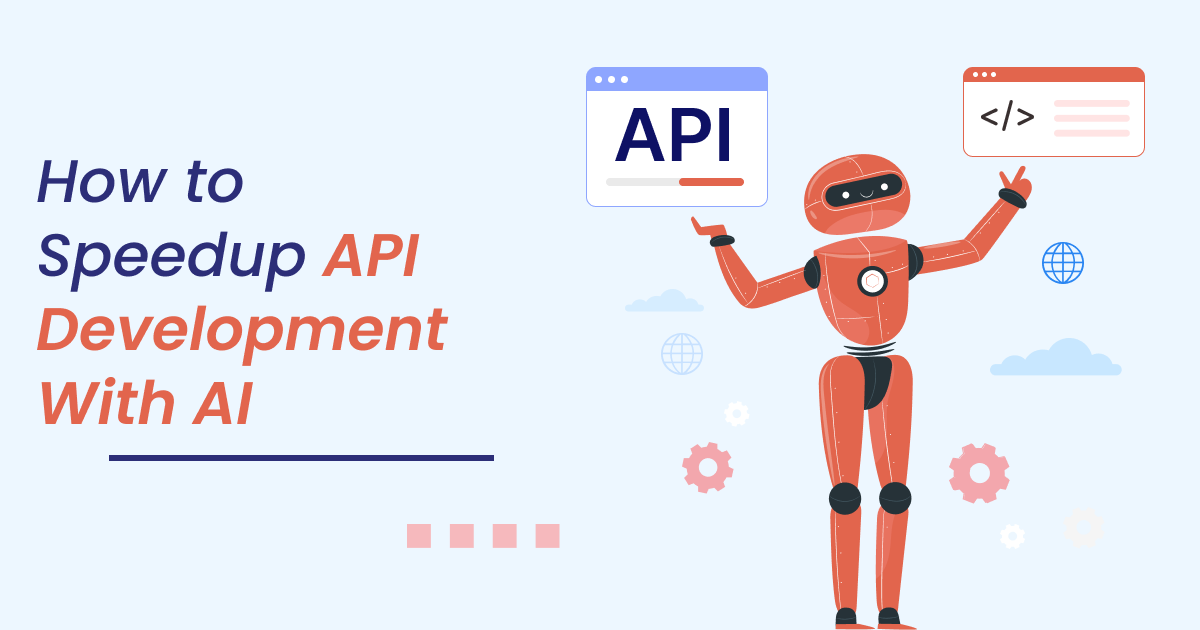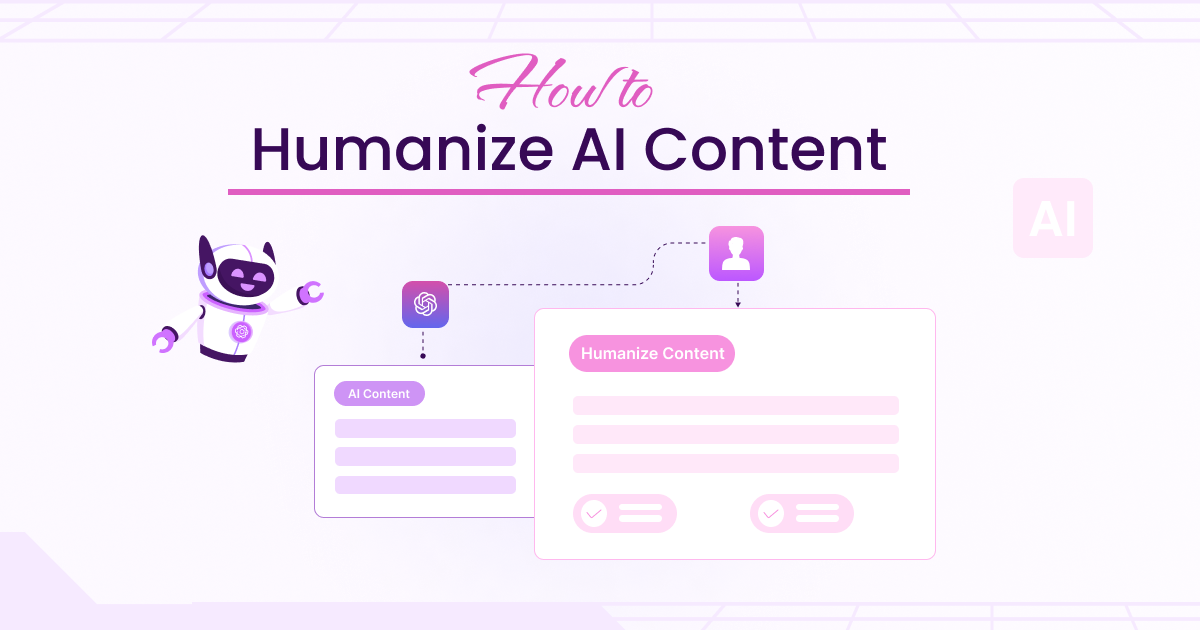An environment dedicated to software development has various coding approaches. Before the test-driven development method for Python projects was introduced, the developers used the architecture-driven method. The flaw was that a team might have to go through the entire code for hours or days just to rectify a single line of code due to test failures.
Test-driven development became an alternative to this approach, encouraging developers to check the code before implementing it into the application. It offers a specific sequence of executing the actions. With this, the output code will be all clean, and the production will be smooth without any unnecessary time being spent on bug fixing.
This approach is considered to be utilized in Python development projects. So, what is Python development under a test-driven approach? How does it work? Well, this article is all about helping you find answers to these questions.
What is Test-Driven Development in Python?
Test-driven development means implementing tests for every set of codes you write under Python. While implementing this approach, the developers will write the tests to see them fail and then write the code appropriate for making the tests pass. This approach is more like a cycle in which your code will undergo test iterations, writing, and development as necessary. It will continue until the feature is implemented and finished.
When you take it up with Python development, you will have a better idea to look after the problems associated with the project before giving in to the solution. You don’t have to first create a draft, see it fail, and then work on fixing it for several hours. When you construct the test, you will think of how to design the code in the next step so that the evident problems here don’t repeat themselves.
Diving into problems and finding a solution for them, one by one will ease your development journey.
Working on a Test-Driven Python Development Cycle
To help you better understand what you have to do after the first test fails in your test-driven development approach, here is a step-by-step understanding of the overall development cycle:
Step 1: Run Your Test that Will Eventually Fail
It will be a test with no prior planning but just an imaginative approach toward the features one expects to avail in the final product. It is bound to fail, as without it, you cannot trust that the test code was written right.
Take it as an encouragement, and then you can determine the functional correctness of the test and the future code.
Step 2: Optimize the Test Code with Minimal Effort to make it Pass
With the test failing, you know where the problem lies. Fix them, and optimize with test code with minimal effort, to ensure it can pass. When the test gives you a green output, the functionality is correct for the code you wrote. Cross-check the test twice to be sure of the result.
Step 3: Implement the Refactoring Stage
It is the final stage in this process, where you will be writing clean code without any redundant elements. Repeat the entire process to ensure there are no errors, and the feature runs seamlessly. If you can keep the cycle shorter, you will definitely be upskilling as a Python developer.
Benefits Associated with Python Development Test
You will use the unit test module available with Python by default. You will be creating mytests.py, which will store all of your tests. Try out simple codes for yourself, and you will see how beneficial it is to save unwanted hassles on fixing bugs at the end of a development cycle.
But, if you intend to learn about the direct benefits associated with test-driven Python development, then here are a few of them for you to consider:
- Developer’s Awareness
A developer is much more aware of what can be the final result when they are already creating tests before writing the actual code. It is more like a result-driven coding approach that ensures there will be no loopholes to fill in the end.
- All Code Modules Finish upon Passing the Test
When a code passes the test, each code module involved in the process is considered green. Once the test is passed, refactoring is done before developers can work on any code module.
- Feedback on Every Component’s Status
A defined set of unit tests run after every refactoring implementation. Hence, a continuous array of feedback is expected to ensure every component in the code is functional.
- Add Logic to the Code
When you start the tests to test a simple functionality, you use it to guide your logic as an overall build-up functionality. You will eventually be able to break the problem into smaller pieces, which in turn will be easier for you to process.
- Easy Understandability of the Code
One of the best things about test-driven development of Python projects is that it makes the codes readable, even by non-technical colleagues. It will help you get around with an older codebase without any hassle whenever required.
When Should You Approach Test-Driven Python Development?
Python developers consider test-driven development as an accepted method for meeting the specific conditions in their projects, both internal and external. Here are a few criteria that explain when can a Python developer approach the integration of test-driven development:
- If the developers have a clear insight into the modules and functions, to optimize the software development cycle. In such a case, one doesn’t have to develop a complete architecture, as module tests can be written with a vision of the final system. It will help the Python developers create precisely what the customer expects.
- If there is any specific logic for developing an architecture, then it’s better to build a testing environment with some templates. Without it, each test will require a unique set of conditions which will consume a lot of time for test-driven development to extract any value.
- Suppose you implement an approach where one code is specified to imply only one test. In such a case, if a module can be divided into numerous sub-modules, then a single test cannot be considered enough for the same.
Why Python is an ideal pick for test-driven development practices?
- Python seems the best for test-driven development because of the wide availability of frameworks and automation test suites. The existence of such feasibility is what ensures how one or other technology can seamlessly work on the test-driven development approach.
- Python has flexibility in terms of coding ease and high readability quotient. Moreover, dedicated automation engineers do not even need compilers to convert the code, as it is a scripting language.
- All of the tests under this approach implemented through the test suite, are easily explainable and readable. For instance, the Selenium framework allows developers to use web browsers for creating automation tests with simple approaches.
- Other popular automation test frameworks associated with Python are Robot and PyTest:
| Robot | PyTest |
| The robot allows developers to write code for a development project only when a failed test is available within the index. The code of Robot is also written in Python and is ideally used by organizations that prefer test-driven development and Agile development. | PyTest is considered the best framework for running automation tests. It allows you to execute end-to-end tests, integration tests, and unit tests within the framework. Most Python developers count on using it, as they get a lot of testing features over it. |
Moreover, there are many dedicated Python libraries that help developers create powerful and simple-to-write tests. One such example is ‘Hypothesis.’
As Python is considered efficient with major testing toolkits, test-driven development is critical for almost all Python software projects. Some of the other test-driven development tools available for Python development tests are:
- nosetest– It is a common test runner package that can be easily installed using the pip command.
- Unittest– It is a useful test package of Python that is useful only when you don’t seek installation of any external packages.
- unittest.mock– Ideal for testing specific functions that take a long time to complete.
Final Words
So, it is now understood that Python development via a test-driven approach will improve the overall quality of the code by implementing numerous refactoring. It helps you debug the errors throughout the development cycle and not at the end of it. As you are imposing pre-deployment tests, you will have a cleaner code in a very short time.
So, a Python development test, through the test-driven development approach, is considered a success formula for developers to ensure error-free software outcomes. So, get along with the idea that you first need to finalize before starting with the development work. Build a target test for the concept and then take appropriate measures to achieve it. Once achieved, you can start writing the code to deploy the features.







